Tune The Sound, Play More – Shanling EH2 Desktop DAC Headphone AMP
Shanling EH2 is a $369 USD desktop DAC / Headphone Amplifier with an In-House Developed 24-Bit R2R DAC, Extra Powerful Amplifier with a 4.3W driving power for a 32 OHM impedance, and with an external DC12V Power Supply. Today we take a look at the EH2, and compare it with other desktop DAC / Headphone Amplifiers including HIFIMAN EF500 (459 USD), Creative Sound Blaster X5 (299 USD), and Shanling H5 (369 USD)
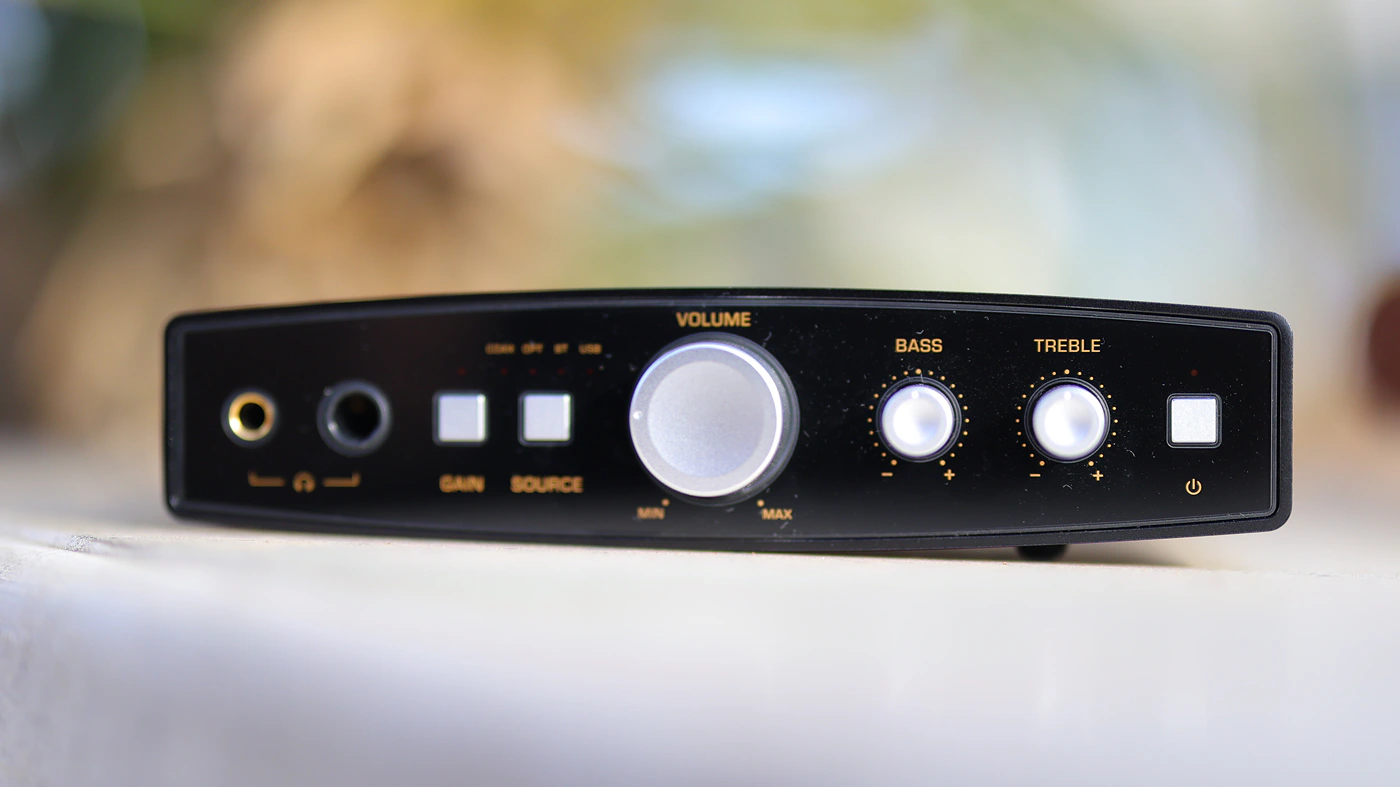
Introduction
Out of all companies out there, Shanling seems to have a lot of fun pricing their DAC / Headphone Amplifiers with very specific price points, but they so far have offered a compelling performance, excellent customer service, and tons of features that others have missed.

As an Amazon Influencer, I earn from qualifying purchases, and using the purchase links in my reviews helps me maintain this website and Youtube Channel. Huge thanks to Shanling for providing us with the sample for this review.
Product Link
Amazon – https://amzn.to/3RL8OKo
Aliexpress – https://s.click.aliexpress.com/e/_olmuEa9
Build Quality/Aesthetics
Starting right at the heart, Shanling EH2 comes with an in-house developed 24-Bit R2R DAC chip, inspired by the Shanling heritage. This DAC features 192 high-precision 0.1% resistors, promising a uniquely different sound compared to traditional Delta-Sigma DACs. There are two separate circuits inside of the EH2, one for the headphone amplification, and one for the preamplifier output, with the Headphone AMP relying on an OPA1612 Op-AMP, but a new BD139+BD140 Transistor based amplifier for a higher power.
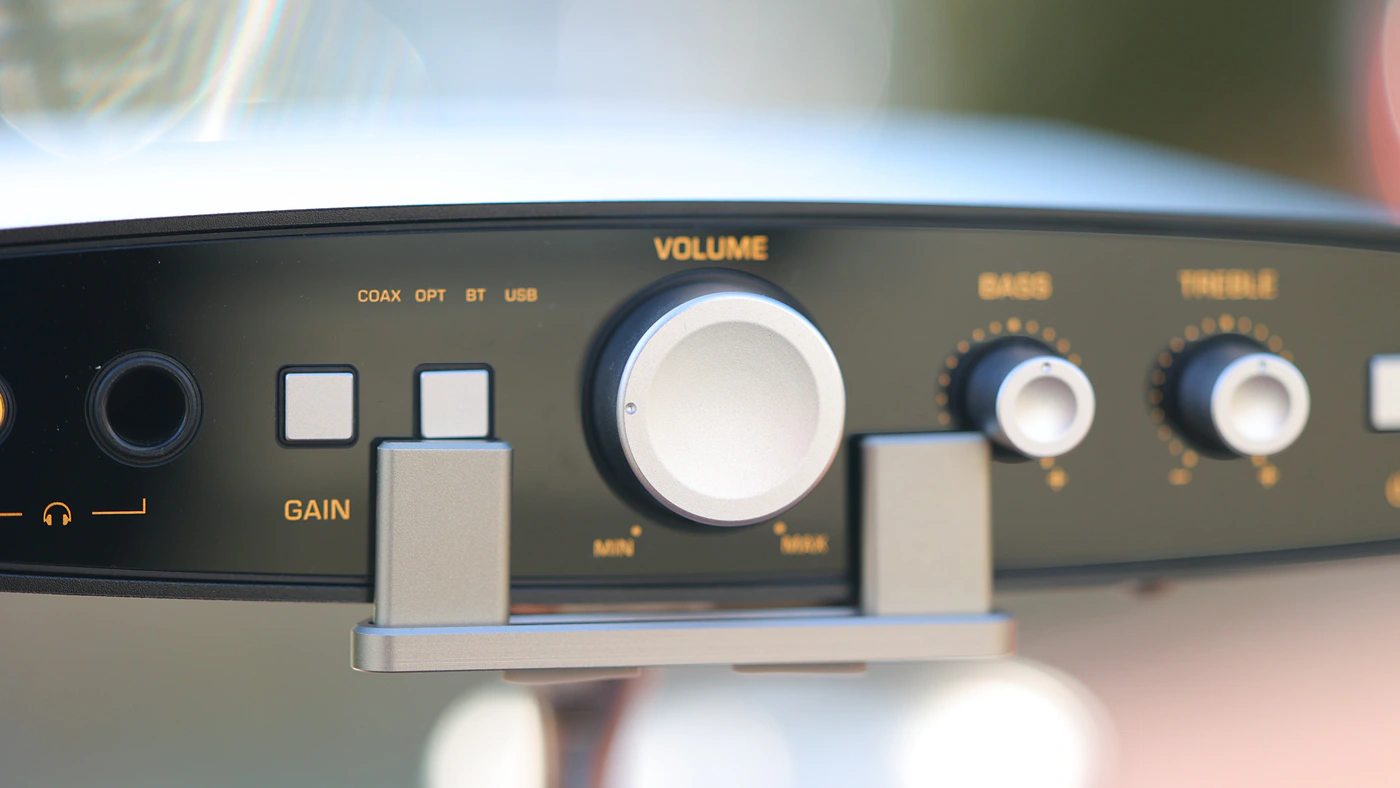
As Shanling knew many will want to use the EH2 with a stereo system, they have employed a direct output from the R2R DAC, together with the OPA1612 Low-Pass filters, to persevere and reveal the character of the R2R DAC. EH2 has an in-house tuning, which should be warm, full and bassy, if Shanling is following the same sound they did with all their other DAC/AMPs. Shanling includes UAC1.0 Compatibility for EH2 to be used with consoles and older devices just fine. There is no driver needed to run EH2.
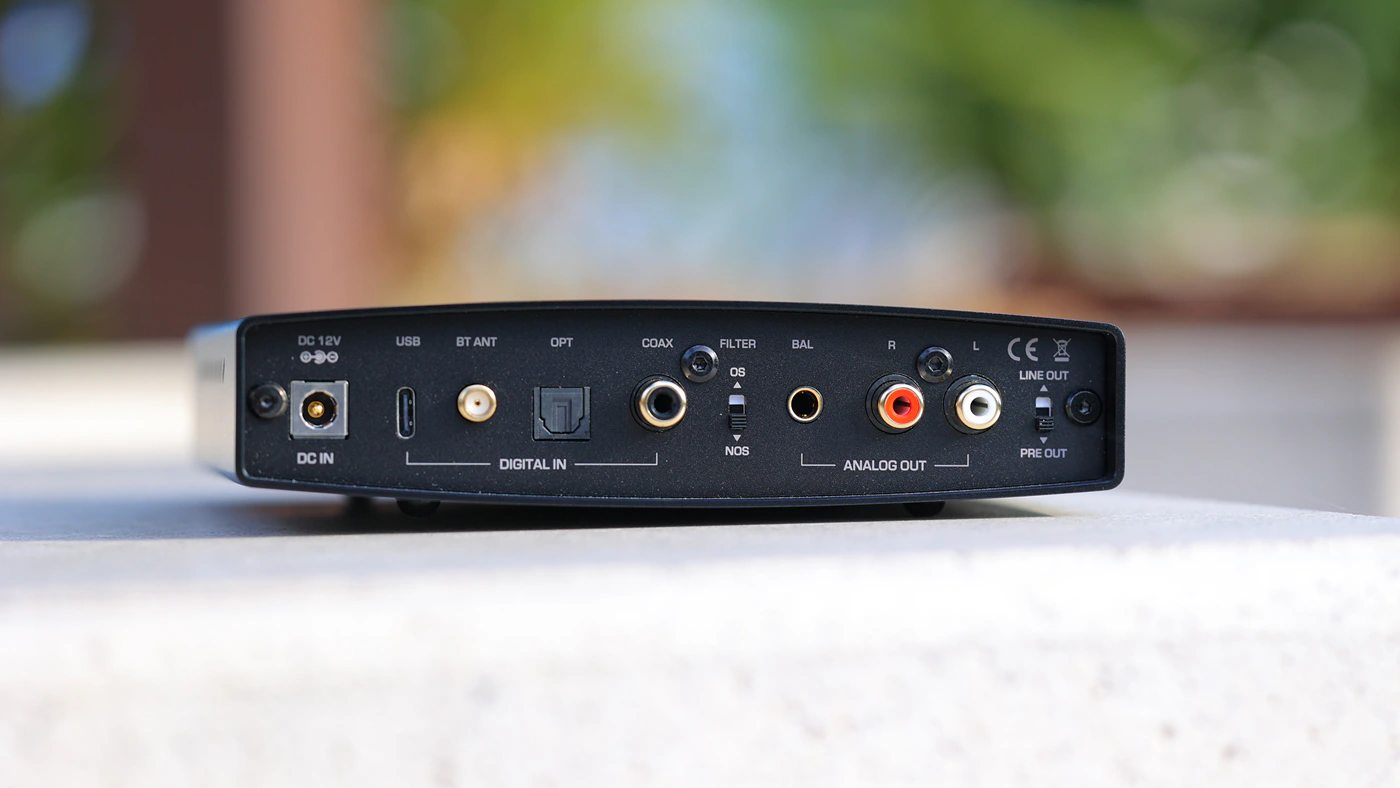
We get a nice set of features including USB, SPDIF Coaxial and Optical inputs, but also Bluetooth for those who are always on the go. The Bluetooth codec list is quite comprehensive, including LDAC,. aptX Adaptive, aptX HD, aptX LL, and aptX, besides the classic SBC and AAC. If you want to experiment with the sound of the EH2, you can switch between NOS and OS, which is something unique for R2R DACs, OS will sound similar to a Delta-Sigma DAC, while NOS is the raw output of the DAC, which has its own unique blend of sound.

By far, the most interesting feature EH2 has for this price range is a hardware level customization for the bass and treble, which allows for + or – 6 dB of Bass boost, and + or – 10 dB of treble boost. Another really fun and useful feature is that besides the RCA Line Outs, we get a 4.4mm balanced line out.
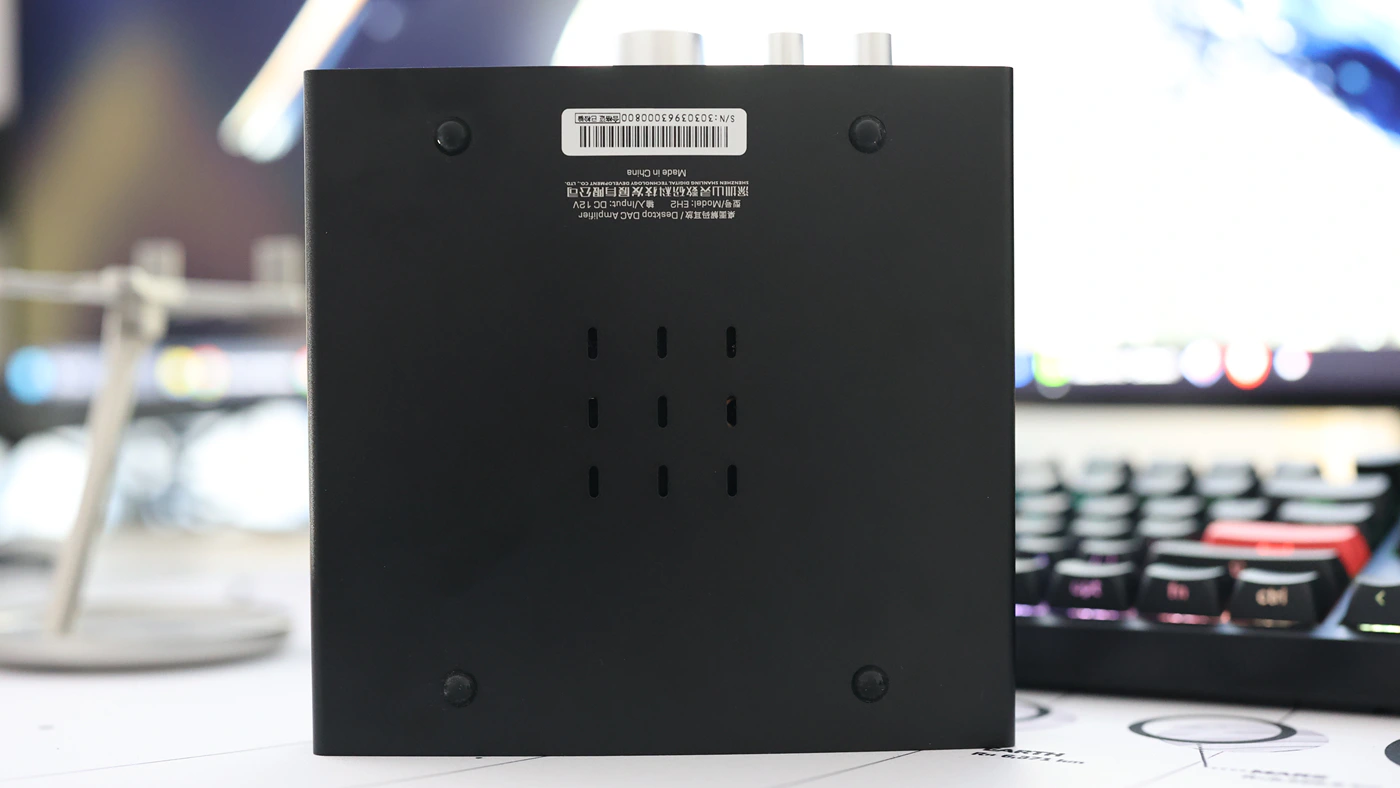
Maximum power output of the EH2 is 4350 mW, and the 4.4mm balanced output has a different volume, driving power, and different sound from the 6.3mm single ended headphone output. The power is actually so vastly different that the SE output is around a quarter of the power the balanced output has. The LED around the volume wheel will change color depending on the data rate of the signal that is being played.
USB DAC / Subjective Usage
Shanling EH 2 is a slightly larger unit than EH1, but otherwise it feels very similar. There is ventilation on the sides, but the unit never grows hot during usage, it has no USB DAC delay, and can be used for real time gaming and video playback. The only downside I found with EH2 is that the rubber feet at the bottom fall off and can get lost easily. This requires a fix that costs 2-3 USD, but most other DAC/AMPs do not have the issue.
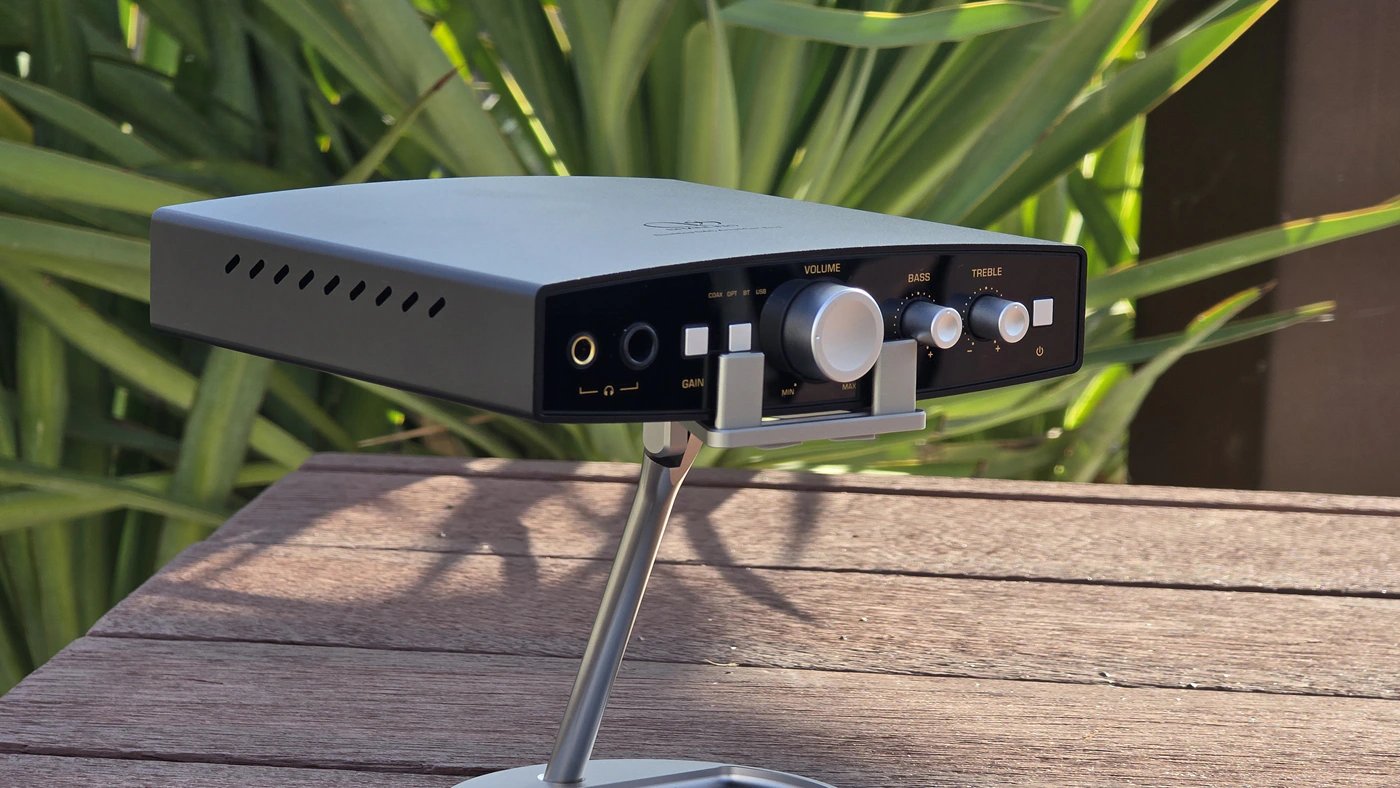
Sound is much cleaner, more defined and just generally better in the OS mode, having a higher THD and a less precise presentation that is slightly softer in the NOS Mode. Although R2R is generally used in NOS mode by enthusiasts, EH2 will be used in OS mode by most people.
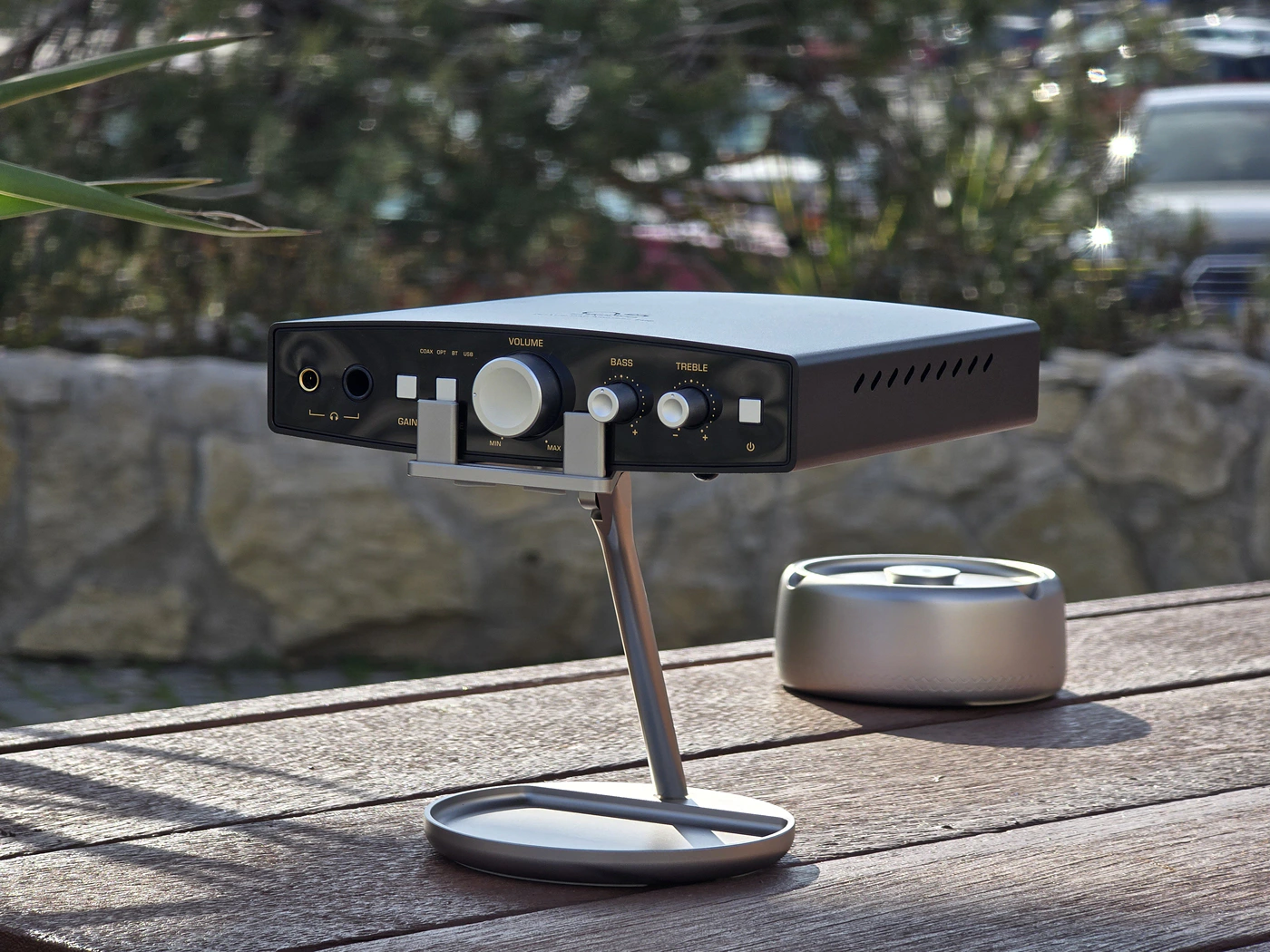
The power delivery has no noise, unit has no self noise, and the line out has no audible noise even with sensitive amplifiers, especially when using the 4.4mm balanced line out. The maximum driving power is not quite enough for HIFIMAN Susvara Unveiled when using the balanced output and high gain, but it is plenty for HIFIMAN Arya Organic, Crosszone CZ-8a Enhanced, and Palma DHS-1. You can freely use the Treble and Bass boost options, they work really well, with no distortion and both are excellent, just like those found on EH1.
Sound Quality
Pairings and Match-up – To test the Shanling EH2, I have paired it with both IEMs and Full-Sized Headphones, and for the IEM list I have used Tin HIFI P1 MAx II, Campfire Moon Rover, Simgot EM10, HarmonicDyne Devil, HeartField Blanc, and Soundz Flame. The headphone list includes Palma DHS-1, Audeze MM-100, Erzetich Mania V2024, Crosszone CZ-8a Enhanced. The maximum driving power, especially from the balanced output is plenty for full-sized headphones, and it handles Erzetich Mania really well, while the only headphone I have in my collection it cannot drive is HIFIMAN Susvara. With IEMs, you should not hear a background hiss and noise floor.

Overall Signature – Shanling EH2 has two distinct signatures, one that is really detailed, clean, powerful and revealing, the OS Signature, and one which is really soft, has a much higher distortion, and it is generally not as made for listening, namely the NOS signature. NOS or Non Over Sampling represents the direct DAC output, and with R2R DACs, it can be fine, if the DAC has a large number of resistors, but EH2 has a DAC chip with 192 resistors, you can hear the aliasing in the NOS mode.
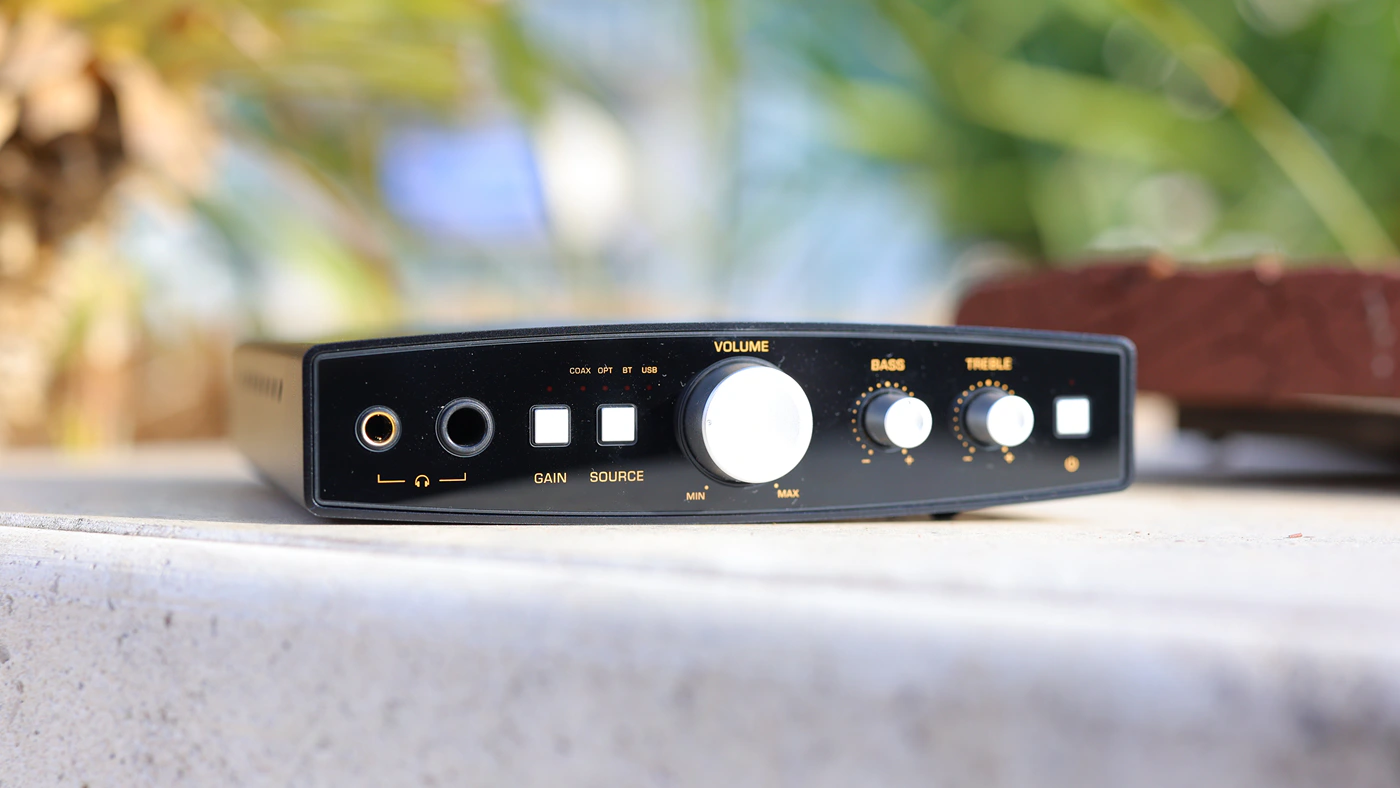
Bass – Bass is similar between the two modes, and even with the tone controls set at neutral, you get a warm, smooth and full sounding bass. There’s a nice depth, and EH2 brings quite a bit of body to sharper and brighter sounding headphones and IEMS, giving them more body, depth and punch. Using the tone control to add in bass does not increase the distortion, and it can aid in the sound being far more detailed, cleaner, and more revealing. An excellent feature for those who like to dial in more boom.
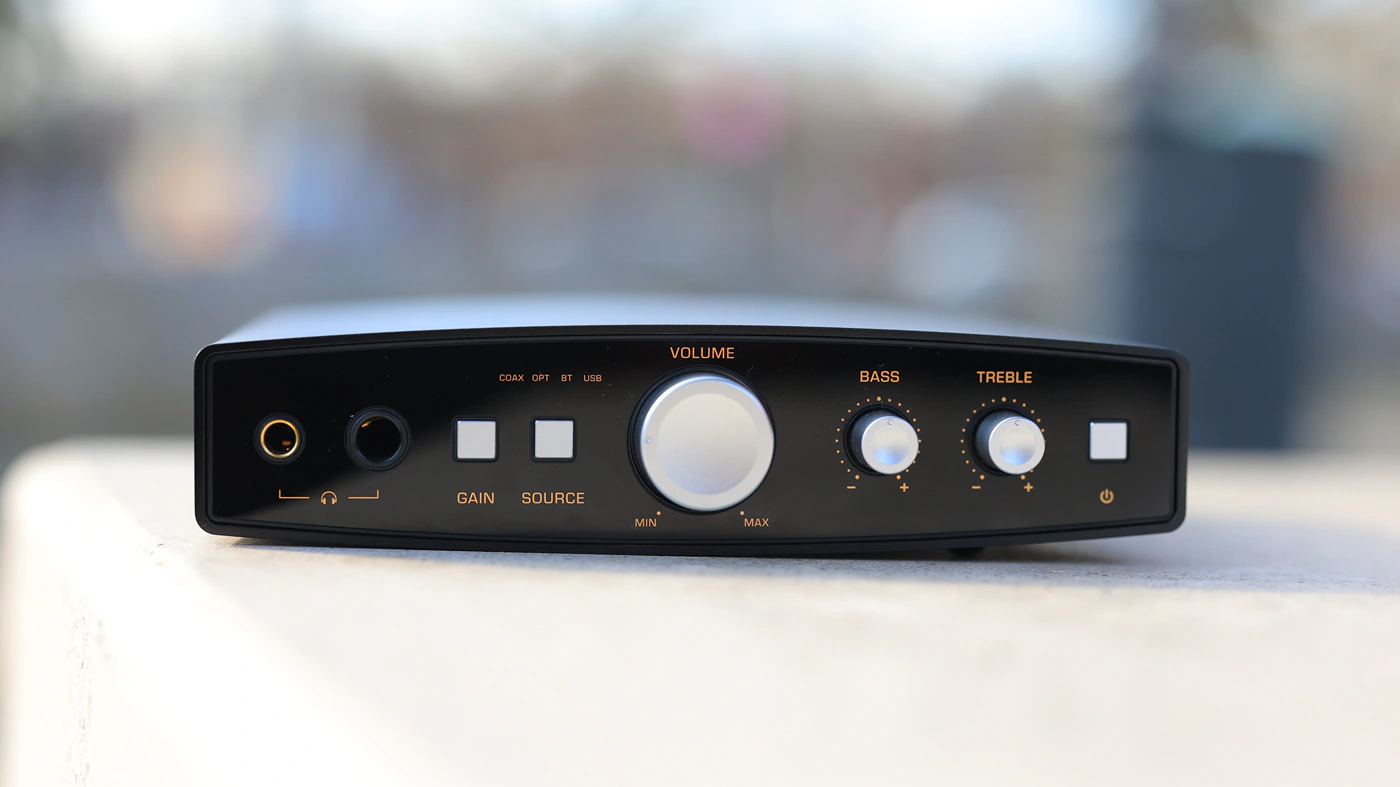
Midrange – EH2 is not a very vocal sounding DAC / headphone AMP, and instead it has a softer voicing in both the OS and NOS modes, but in the OS mode, it sounds really refined, more precise, more detailed and has a far lower THD or distortion. In the NOS mode, the THD is much higher, it has a more aliased presentation, but generally it has a bit of that R2R character that people typically look for.
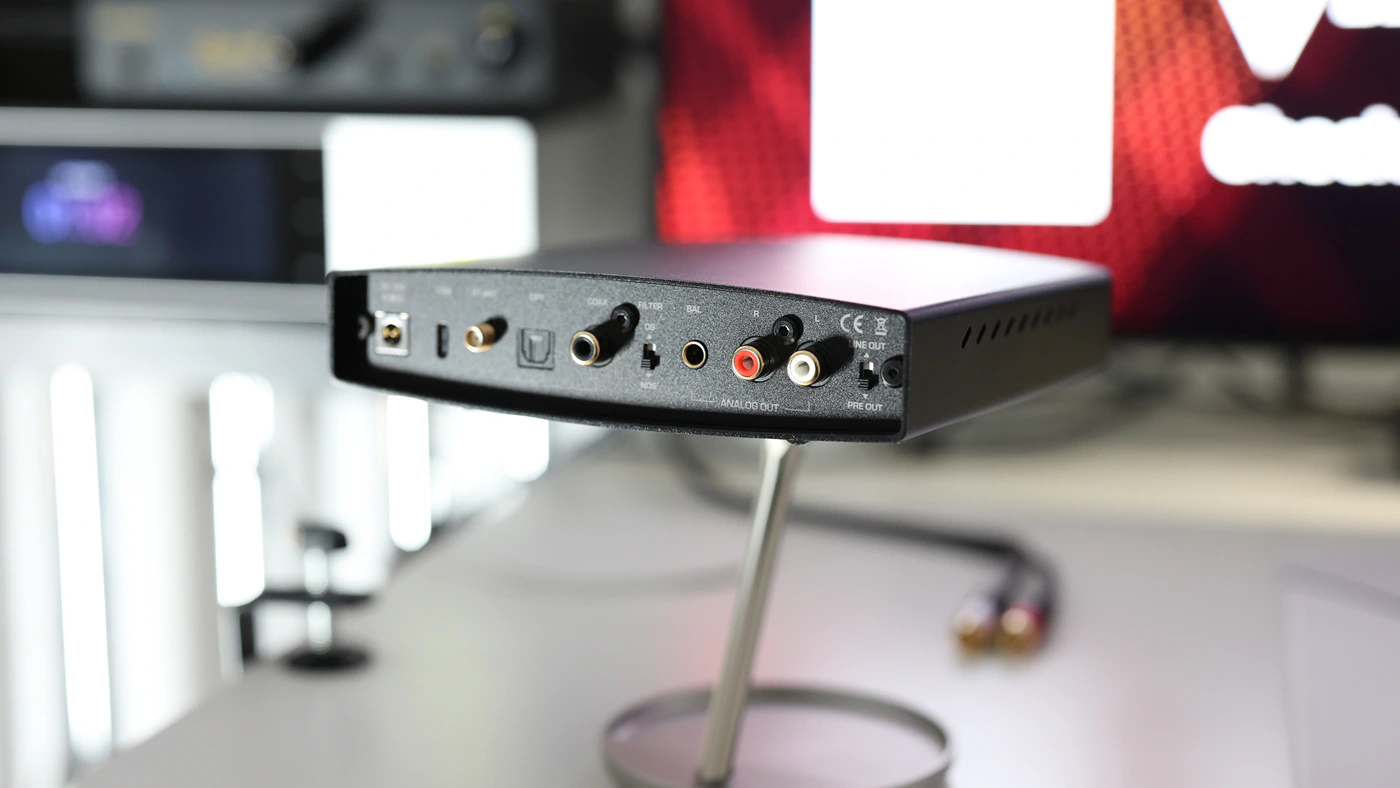
Treble – We get a much sharper, more brilliant treble than with most Shanling DAC / AMPs, but it stil has that Shanling familiar smooth, refined character that keeps the treble away from being shrill or metallic sounding. Indeed, you can enjoy even the harshest of music without having to worry that things will get hot or fatiguing.
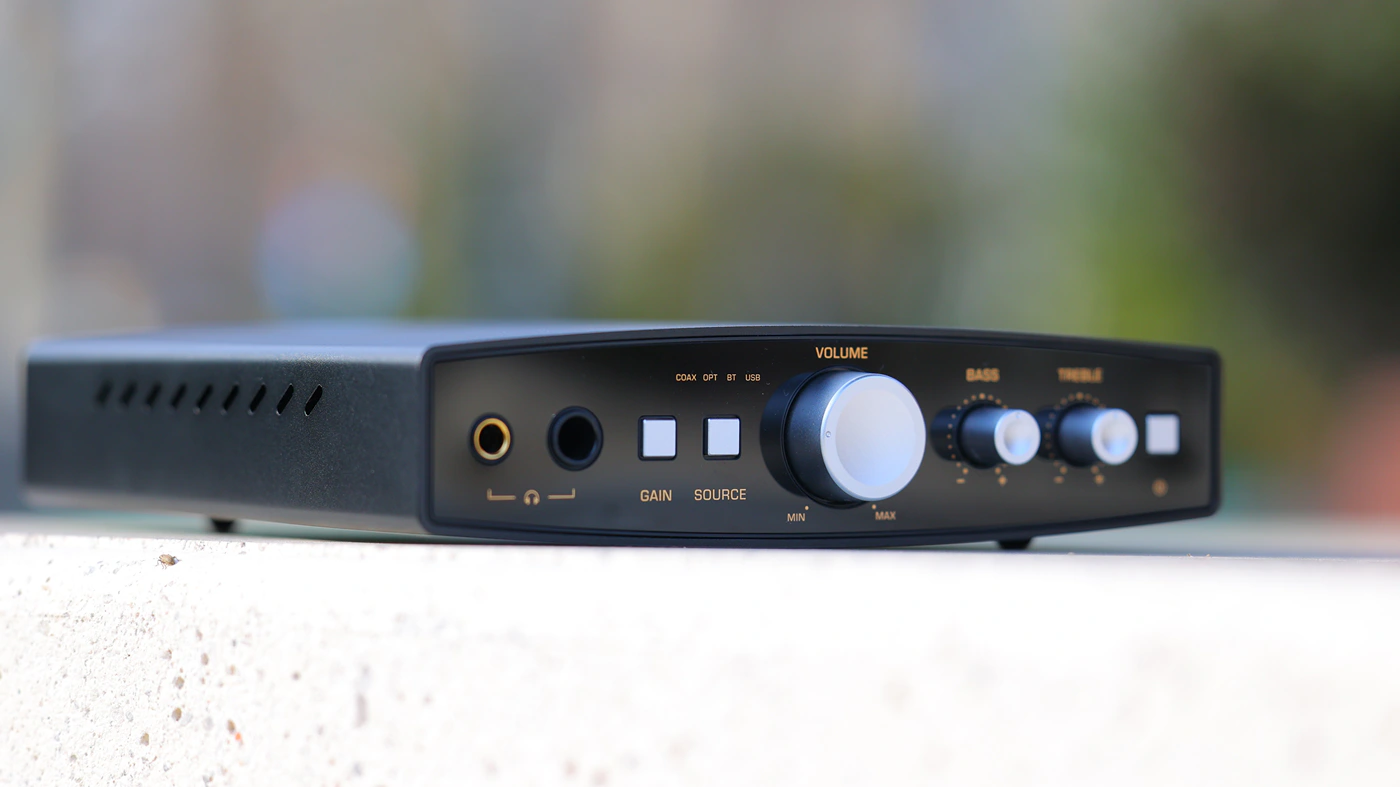
Dynamics / PRaT / Textures – Although I was expecting two separate extremes, EH2 has the same smoother, refined character, which is natural regardless whether you’re using OS or NOS modes. In fact, here the NOS mode seems to add aliasing to the edges and make the sound a bit higher in THD, while OS sounds the cleanest, most precise and refined. It feels like Shanling implemented the OS mode the best out of most companies to date.
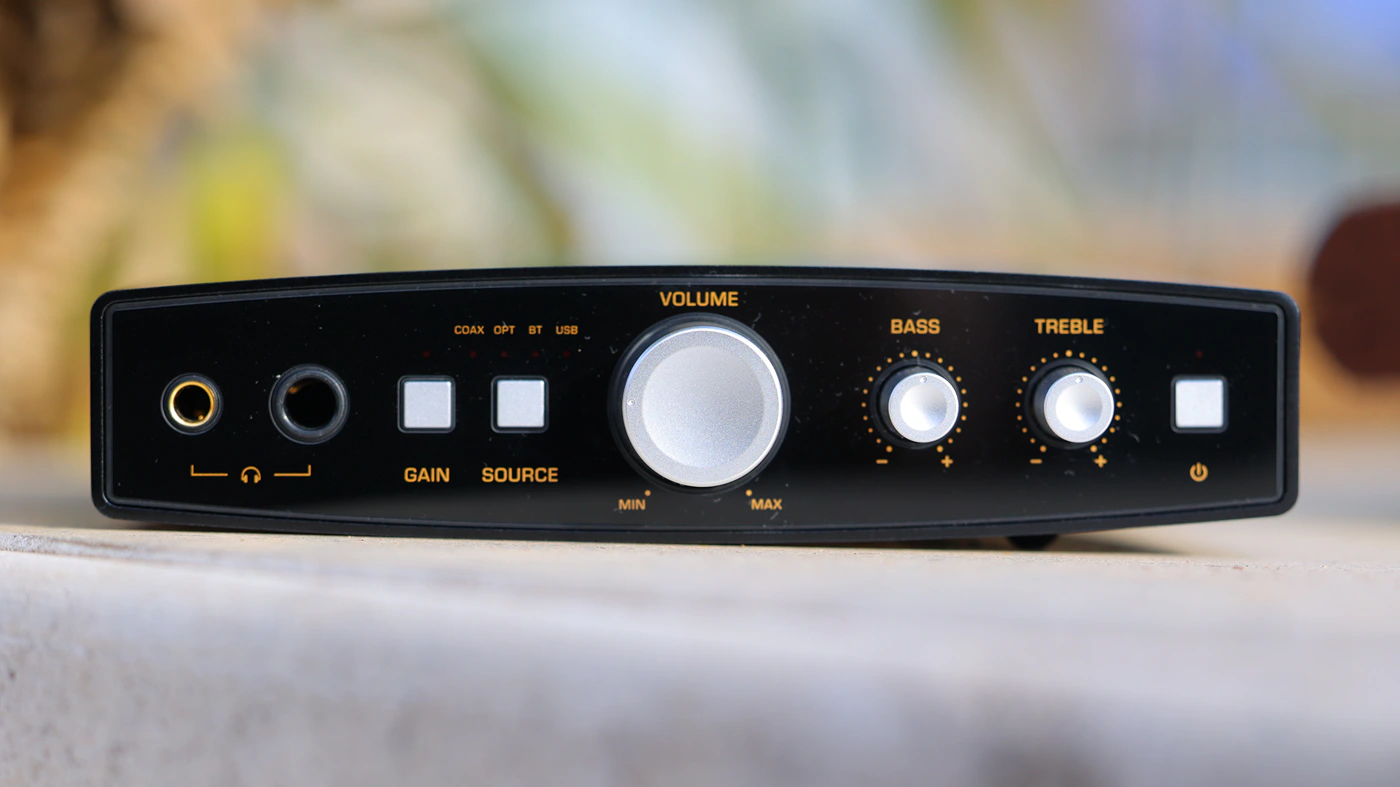
Loudness Saturation Gradient – EH2 is very consistent, it sounds the same regardless of the volume you’re listening at, it is detailed, clean, and refined, and has the same dynamic range, same precision and same low distortion at all volumes.
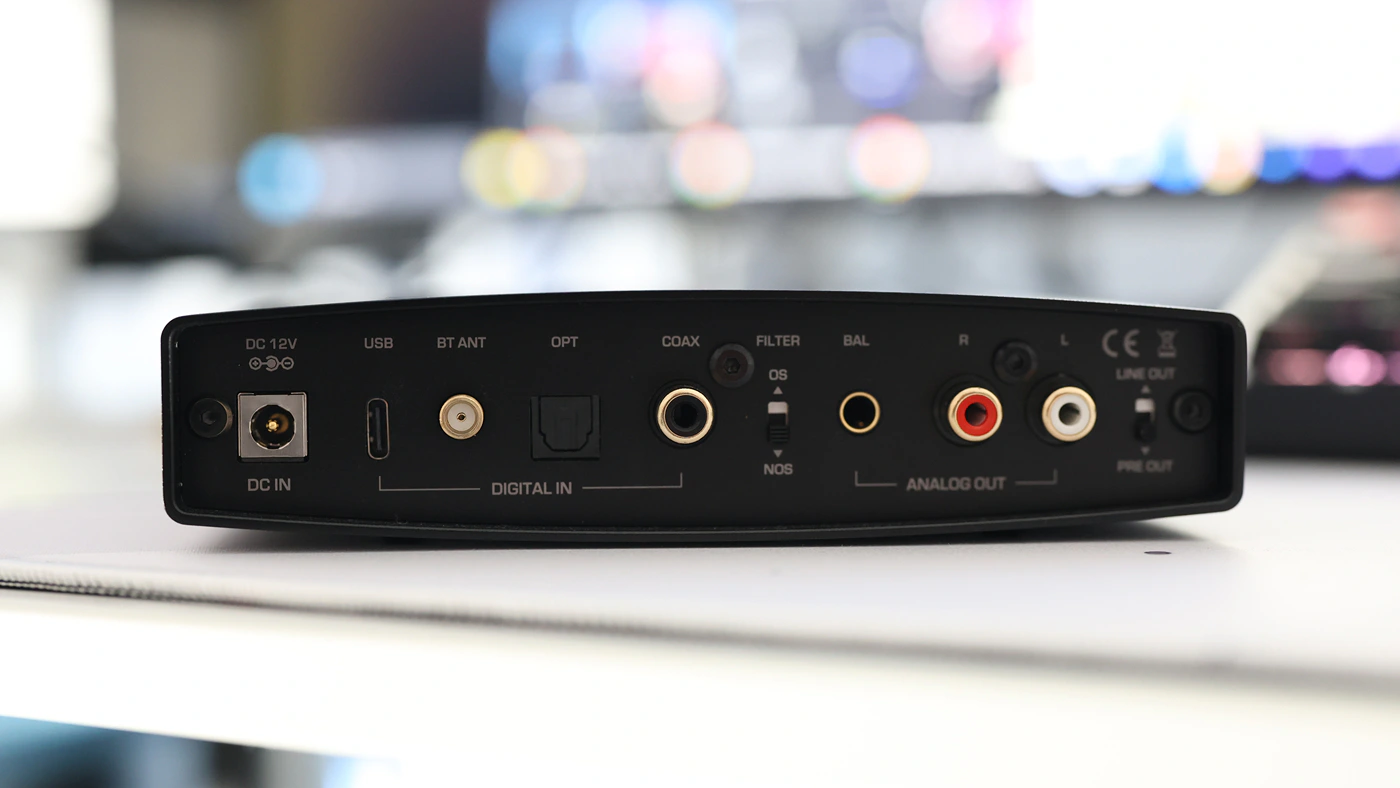
Soundstage – Shanling Eh2 has a natural soundstage, it is not too intimate, but it does not extend too much in the width, having just the right amount of space in between instruments to sound relaxed, defined, but not exaggerated or scattered. This soundstage seems to be a bit more focused, with a better instrument separation in the OS mode, while all sound is a bit more vague, wider and more airy in the NOS mode.
Comparisons
Shanling EH2 vs Creative SoundBlaster X5 (369 USD vs 299 USD) – X5 is a larger, more palsticky device, but both have no USB DAC delay, and both have a strong, powerful headphone output. Somehow, X5 has much better power and volume than most of the alternatives, although EH2 has a much quieter sound with IEMS, while X5 has a ton of noise, and also EH2 is much better and quieter on the Line Out, while X5 has a much higher noise floor for the line out.

When compared with all enhancements turned off, Sonically, EH2 sounds thicker, warmer, deeper and has a much more refined sound, but both have complex EQ abilities. EH2 sounds fuller and has more body, while X5 sounds wider, more holographic, brighter and sharper. EH2 is better if you want a deeper, warmer sound, while X5 is better if you want the complex EQ options it has hidden in the Creative software.
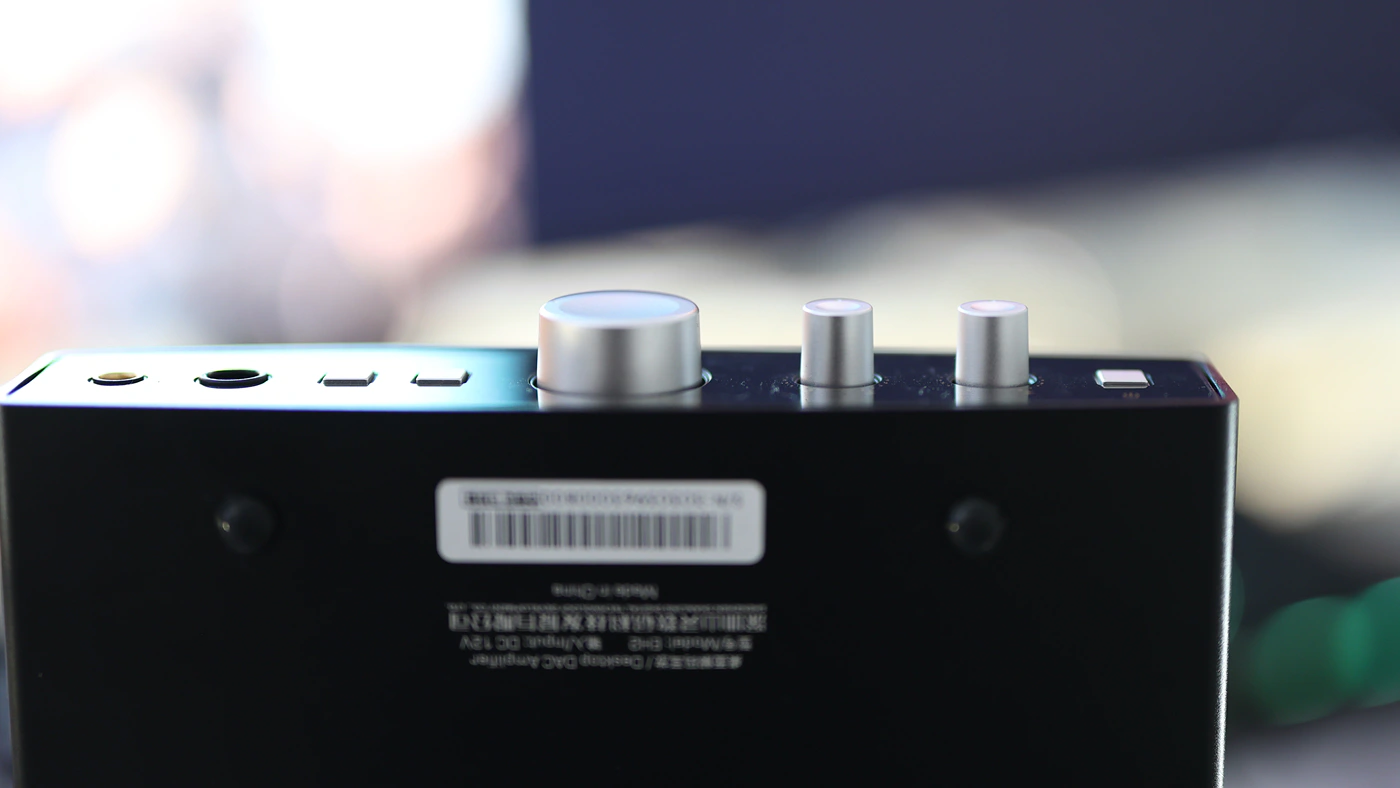
Shanling EH2 vs HIFIMAN EF500 (369 USD vs 459 USD) – HIFIMAN has always been great with DAC/AMPs, but EF500 in particular is perfect if you want to drive hard to drive headphones, it has a higher power, more control and a more dynamic sound, but EH2 is better if you also have IEMs, as it has a much lower distortion, lower noise floor, and it has a quieter line out with a much better definition and a lower noise floor.

Soincally, EH2 sounds smoother, fuller, warmer and more intimate, while EF500 sounds brother, more dynamic, more open, and has a more holographic presentation with a stronger instrument separation. Both are great, EF500 is a tiny bit more dynamic, but the lower noise floor on EH2 makes it better if you have any easy to drive earphones that you’ll be powering from it.
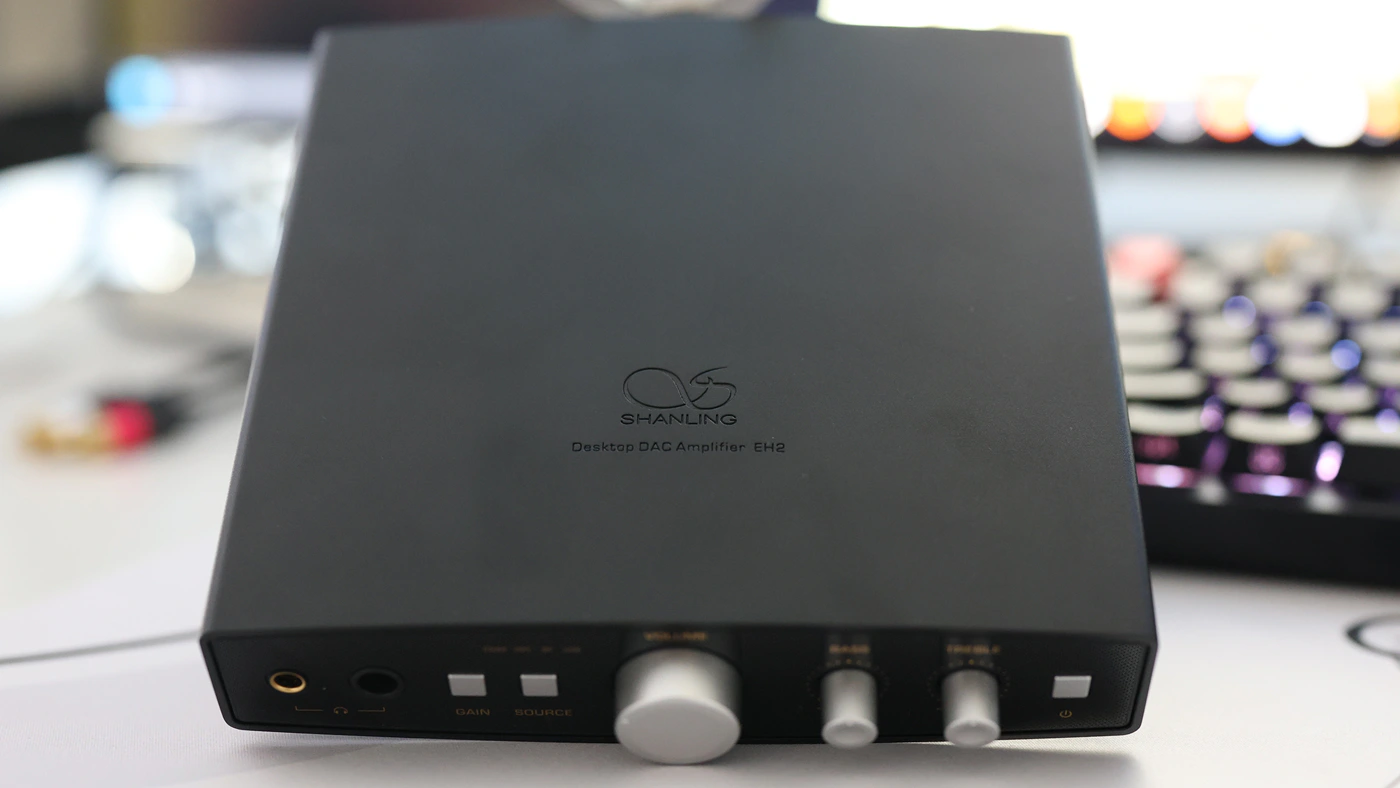
Shanling EH2 vs Shanling H5 (369 USD vs 369 USD) – As both devices are from Shanling, this is the comparison with the least conflict of interest, and yet it is the most polarizing one. This is because H5 is already a nice product, it costs exactly the same as EH2, and yet it is a very different product. Physically, H5 is much smaller, more ergonomic and more portable, but it has a much lower driving power, and yet, with most headphones up to Arya Organic, it has a very similar driving power compared to EH2. Both support no delay on the USB DAC input, and both have a low noise with IEMs, but tone controls on EH2 are really useful for all headphones and IEMs.
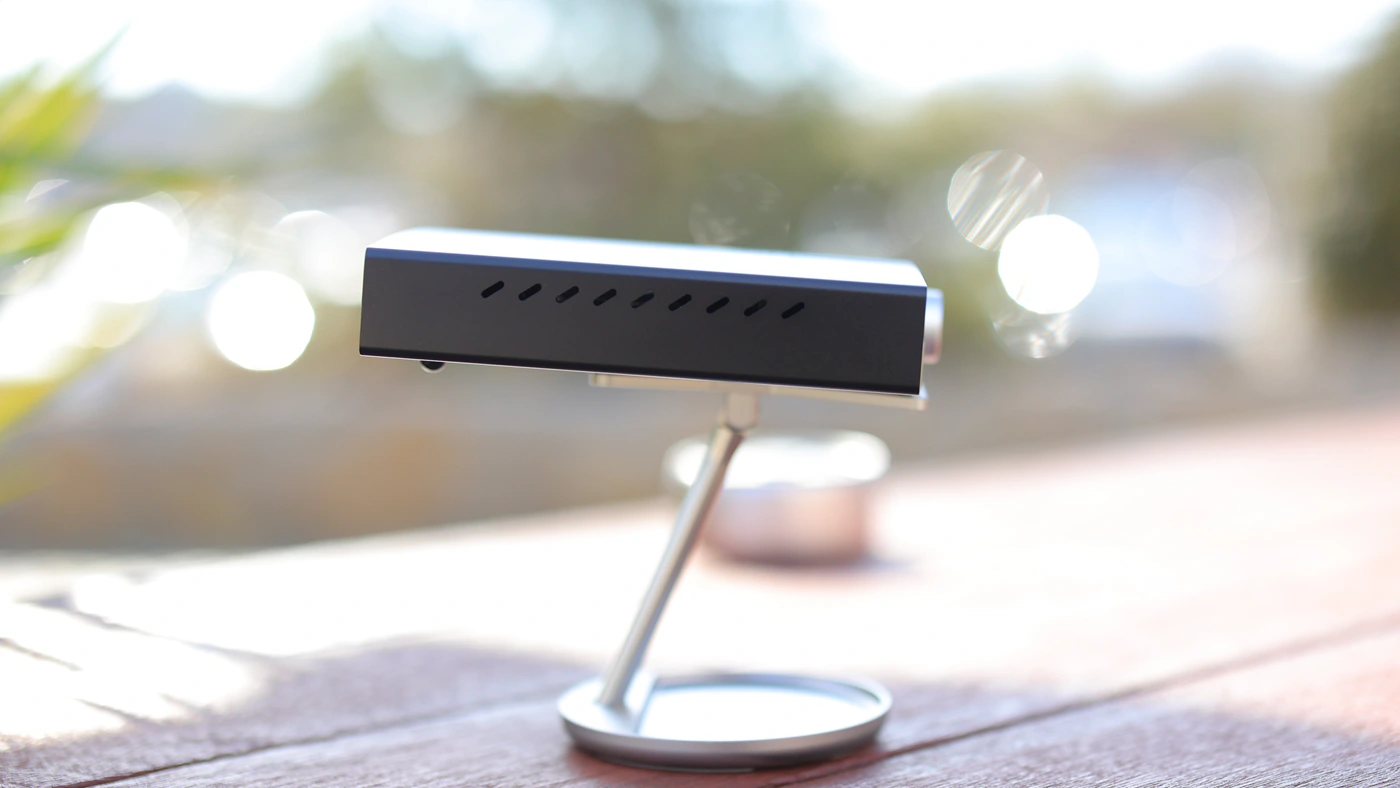
Sonically, with all enhancements disabled, EH2 has a more neutral sound, wider and more expanded soundstage, with a higher degree of instrument separation. In contrast, H5 has a warmer, smoother sound with more bass, it feels much more heavy, but it also has a more focused soundstage, smaller space between instruments, and voices are pushed forward, with a lower amount of treble. You can somewhat emulate this signature on EH2 by turning the bass slider to around 2 o’clock and the treble slider to around 10 o’clock, so a bit minus treble, but either way, H5 is a portable device that’s great if you need the flexibility, while EH2 is much better for a desktop setup where you’re likely to use it to drive speakers too.
Value and Conclusion
Shaling always brings great value to the table, and EH2 is a nice desktop DAC / Headphone Amplifier with an outstanding build quality, customizability options for the sound, R2R DAC chip, and no inherent issue. Out of all the options you have in the price range, it has a slightly better line out, with less noise, and it has those tone controls that are really handy, having one of the highest values available.
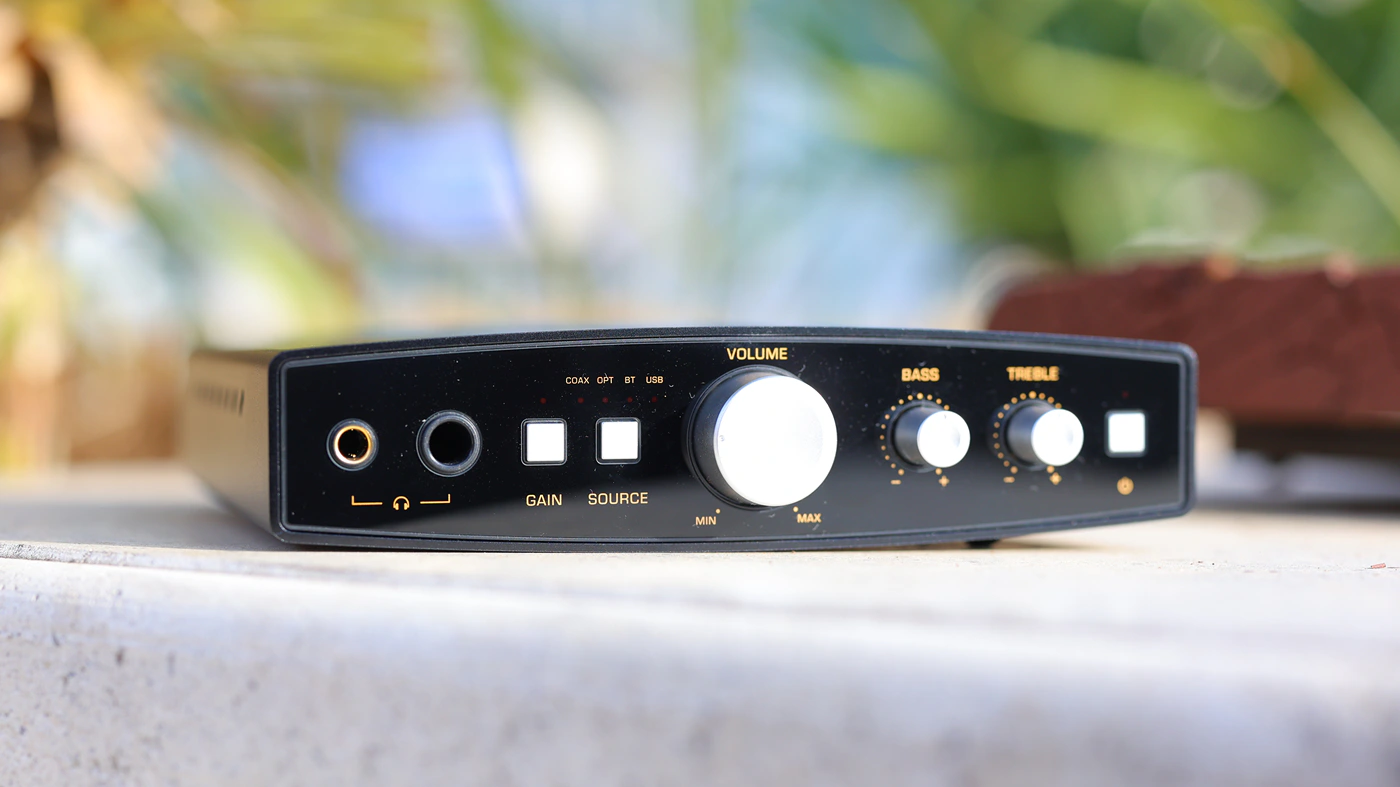
At the end of the day, if you’re looking for a warm, lush and smooth sound, with an strong treble extension, outstanding build quality, and strong support from the producers, Shanling EH2 is an excellent DAC / Headphone AMP for desktop, it has line outs, headphone outputs, and a high driving power, but also low noise for IEMs.
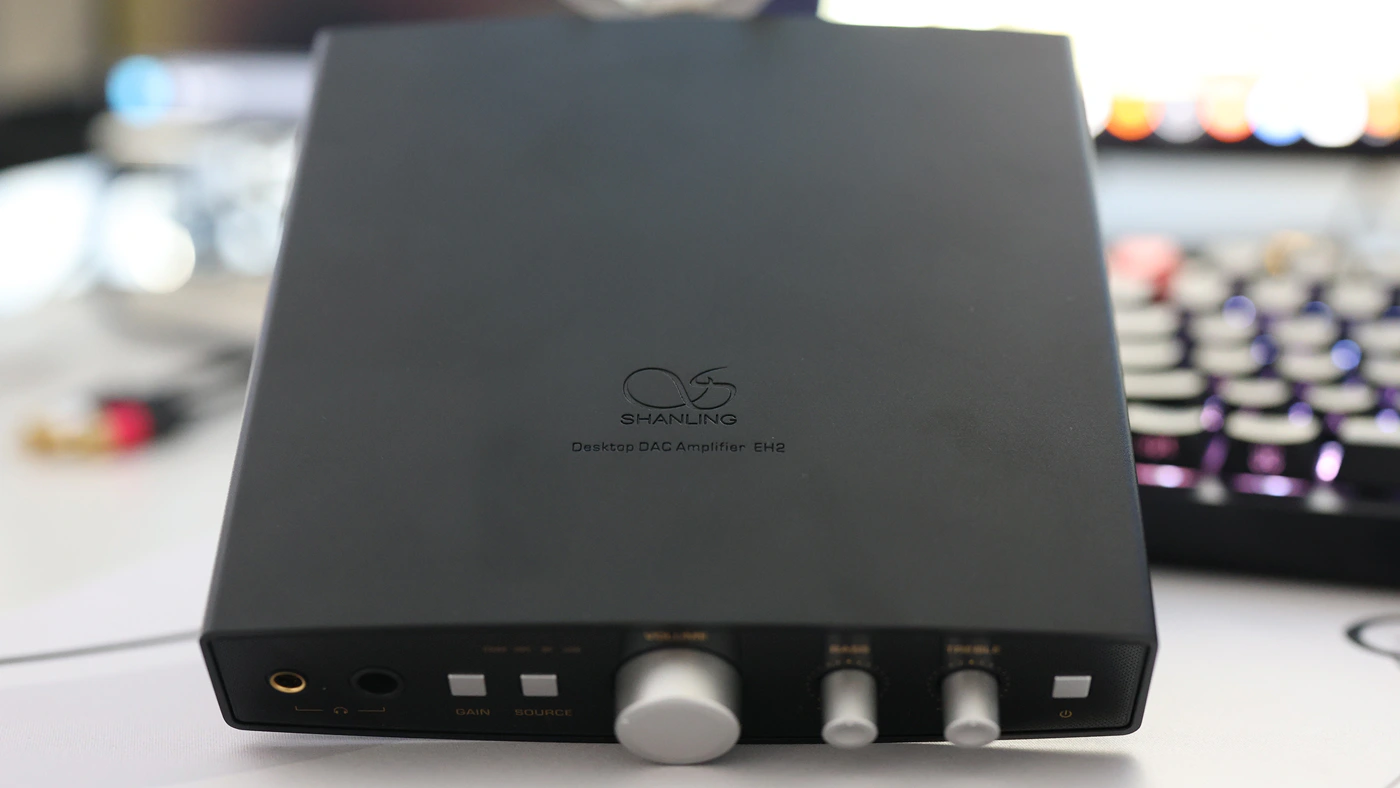
PROs
- Excellent design, that does not overheat
- No USB DAC delay
- High maximum driving power
- Balanced headphone output with a vivid, dynamic sound
- Detailed and revealing sound
- OS mode is top notch
- Gain, Source and OS/NOs controls are easily accessible
- Very useful and practical Tone controls that work really well.
Cons
- Rubber feet at the bottom fall off easily
Product Link
Amazon – https://amzn.to/3RL8OKo
Aliexpress – https://s.click.aliexpress.com/e/_olmuEa9
--- Please remember to stay safe, and always have fun while listening to music!---
- If you have a dime to spare, please donate, and help us! It would make the day brighter for me and my wife-
Full Playlist used for this review
We listened to more songs than those named in this playlist, but those are excellent for identifying a sonic signature. I recommend trying most of the songs from this playlist, especially if you’re searching for new music! The playlists are different for Spotify, Tidal and Youtube, and based on the songs I enjoy and are available on each!
https://www.youtube.com/playlist?list=PL_cjBXGmwSHSdGcwuc_bKbBDGHL4QvYBu
https://open.spotify.com/playlist/5J3oloz8Riy9LxEGenOjQ0?si=979ba4f082414be7
https://tidal.com/browse/playlist/330fd544-8e5b-4839-bd35-676b2edbb3d5
--- Contact Us ---





